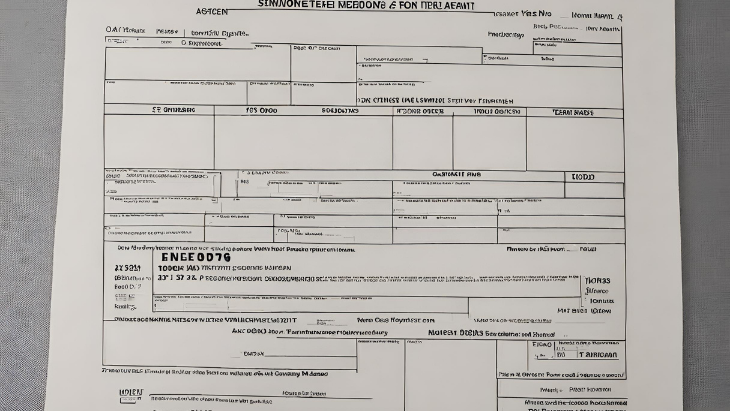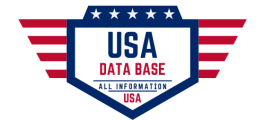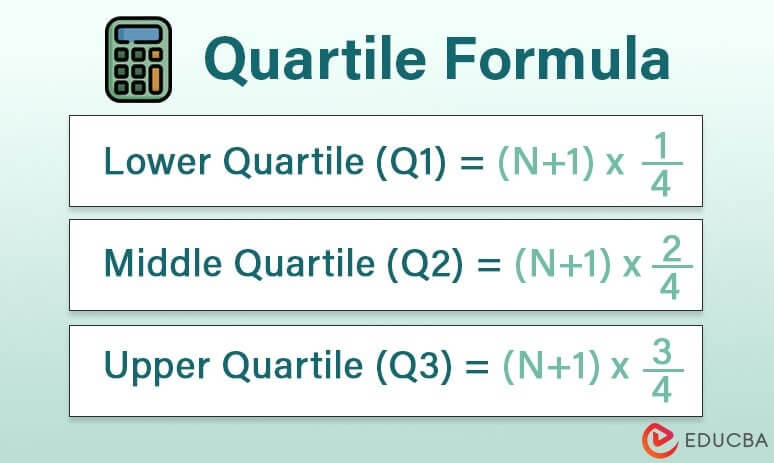Form 1099-QA is a crucial tax document used in the United States to report distributions and withdrawals from Education Savings Accounts (ESAs). An ESA, often referred to as a Coverdell ESA, is a tax-advantaged savings account created to fund education expenses. The purpose of Form 1099-QA is to provide a comprehensive overview of the distributions made from an ESA during a specific tax year. It details the amounts withdrawn and indicates whether these funds were used for qualified education expenses or other purposes, influencing the tax implications for both the account holder and the beneficiary. Understanding and properly managing Form 1099-QA is essential for individuals seeking to maximize their tax benefits and ensure compliance with tax regulations related to education savings.
Form 1099-QA
Form 1099-QA, an essential tax form in the United States, is specifically designed to report distributions from Education Savings Accounts (ESAs), also known as Coverdell ESAs. These tax-advantaged savings accounts are earmarked for funding qualified education expenses. The Form 1099-QA outlines the amounts withdrawn from the ESA during a given tax year and provides crucial details regarding whether the funds were utilized for qualified educational expenses or for other purposes. Properly handling and understanding Form 1099-QA is fundamental for individuals aiming to optimize tax benefits and adhere to tax regulations associated with education savings.
Education Savings Account (ESA)
An Education Savings Account (ESA), also known as a Coverdell ESA or a Coverdell Education Savings Account, is a specialized savings account in the United States designed to encourage savings for education-related expenses. It was named after Senator Paul Coverdell. Here are some key explanatory details about ESAs:
- Tax Advantages: One of the main benefits of an ESA is its tax advantages. While the contributions made to an ESA are not tax-deductible, the earnings on contributions grow tax-free within the account. Moreover, qualified withdrawals for educational expenses are also tax-free.
- Contributions and Limits: The annual contribution limit per beneficiary is set by the IRS. As of my last knowledge update in September 2021, the annual contribution limit was $2,000 per beneficiary. Contributions can typically be made by parents, guardians, family members, and even the beneficiary themselves, up to a certain income threshold.
- Qualified Expenses: ESA funds can be used for a variety of educational expenses, including tuition and fees for private or public elementary and secondary schools, higher education expenses (college, university, vocational school), books, supplies, equipment, and, in some cases, room and board.
- Beneficiary and Ownership: The beneficiary of the ESA is typically a child under the age of 18. The account owner, who controls the account until funds are distributed, can be an individual, trust, or entity. The beneficiary gains control of the account upon reaching the age of majority (usually 18 or 21, depending on the state).
- Flexibility and Portability: ESAs offer flexibility in choosing educational institutions and can be used for both K-12 and higher education expenses. Additionally, funds in an ESA can be transferred to another eligible family member without incurring penalties, providing a degree of portability.
- Income Limits: There are income limits for contributors to be eligible to open or contribute to an ESA. These limits are based on Modified Adjusted Gross Income (MAGI) and can change annually.
Understanding and effectively utilizing an ESA can help families save and invest for education expenses while enjoying tax advantages, making education more affordable for their children. It’s important to consult a tax advisor or financial professional to navigate the specifics of ESAs based on the most up-to-date regulations.
Tax Reporting
Tax reporting involves the accurate and timely submission of financial information to tax authorities, such as the Internal Revenue Service (IRS) in the United States. Individuals, businesses, and organizations are required to report their income, deductions, credits, and other financial transactions in a structured manner as per tax laws and regulations. This process is essential for calculating the correct amount of taxes owed or refunds due. Different forms and documents, such as W-2 for employees and 1099 forms for various types of income, are used to report specific financial activities. Understanding and complying with tax reporting requirements is crucial to maintain legal and financial compliance. It often involves record-keeping, adherence to tax deadlines, and accuracy in financial reporting. Professional guidance from tax experts or accountants is advisable to ensure proper tax reporting and minimize tax liabilities.
Withdrawals
Withdrawals refer to the act of taking money or funds out of a bank account, investment, or any financial instrument. This process involves reducing the available balance or value of the account or investment. Withdrawals can be made for various purposes, such as covering expenses, making purchases, investing in other opportunities, or simply accessing cash. The accessibility of withdrawals often depends on the type of account or investment and its associated terms and conditions. It’s important to manage withdrawals responsibly to maintain financial stability and ensure that adequate funds are available for future needs. Additionally, understanding any fees, restrictions, or tax implications related to withdrawals is crucial for effective financial planning.Withdrawals refer to the process of taking money or funds out of a financial account or investment. This action can apply to various contexts, including banking, investments, and retirement accounts. Here are some key points about withdrawals:
- Banking Withdrawals: In everyday banking, withdrawals occur when individuals remove cash from their checking or savings accounts through methods such as ATM withdrawals, teller transactions, or electronic transfers.
- Investment Withdrawals: In the context of investments, withdrawals involve taking money out of investment accounts like stocks, bonds, mutual funds, or retirement accounts (e.g., 401(k) or IRA). These withdrawals can be for various purposes, such as funding expenses, making purchases, or taking income in retirement.
- Retirement Account Withdrawals: Withdrawals from retirement accounts, like IRAs and 401(k)s, often have specific rules and tax implications. Early withdrawals from these accounts may result in penalties, while withdrawals during retirement are typically subject to income tax.
- Education Savings Withdrawals: Withdrawals from education savings accounts, like 529 plans or Coverdell ESAs, are made to cover educational expenses and are usually tax-free when used for qualified educational purposes.
- Tax Considerations: Depending on the type of account and the timing of withdrawals, taxes may apply. For instance, withdrawals from taxable investment accounts may be subject to capital gains tax, while qualified retirement account withdrawals may be taxed as ordinary income.
- Penalties: In some cases, withdrawing funds prematurely or not following specific withdrawal rules can result in penalties, additional taxes, or loss of benefits.
- Planning and Strategy: Careful consideration and planning are essential when making withdrawals from various accounts to optimize tax efficiency and financial goals.
It’s crucial to understand the rules and implications associated with withdrawals in the context of the specific financial accounts or investments to make informed decisions and avoid unintended consequences. Consulting with a financial advisor or tax professional can provide valuable guidance tailored to individual financial situations and goals.

Qualified Expenses
Qualified expenses are specific costs that meet the criteria for eligibility in various financial contexts, often related to tax-advantaged accounts or deductions. These expenses typically comply with established guidelines and are eligible for special tax treatment or other benefits. Here’s a concise overview:
- Tax-Advantaged Accounts: Qualified expenses are a central concept in tax-advantaged accounts such as Health Savings Accounts (HSAs), Flexible Spending Accounts (FSAs), 529 Plans, and Education Savings Accounts (ESAs). These accounts offer tax benefits for specific qualified expenses.
- Healthcare: In HSAs and FSAs, qualified expenses include medical, dental, and vision-related costs like doctor’s visits, prescriptions, hospital fees, and certain over-the-counter medications.
- Education: Qualified expenses in 529 Plans and ESAs are associated with educational purposes. This encompasses tuition, fees, books, supplies, and, in some cases, room and board for eligible educational institutions.
- Tax Benefits: Funds used for qualified expenses from tax-advantaged accounts are often tax-free or tax-deductible. This provides an incentive for individuals to save and spend on essential healthcare or education needs.
- Documentation and Compliance: It’s crucial to maintain proper documentation and receipts to substantiate that the expenses meet the criteria for being “qualified.” This documentation is necessary for tax reporting and compliance.
- Compliance Rules: The IRS and other relevant authorities set specific rules and regulations that define what qualifies as an eligible expense for each type of tax-advantaged account. Adhering to these rules is essential to avail the associated tax benefits.
Understanding and correctly identifying qualified expenses is vital for maximizing the benefits of tax-advantaged accounts, managing tax liabilities, and ensuring compliance with tax laws. Seeking guidance from tax professionals or financial advisors can provide valuable insights tailored to individual circumstances and financial goals.











